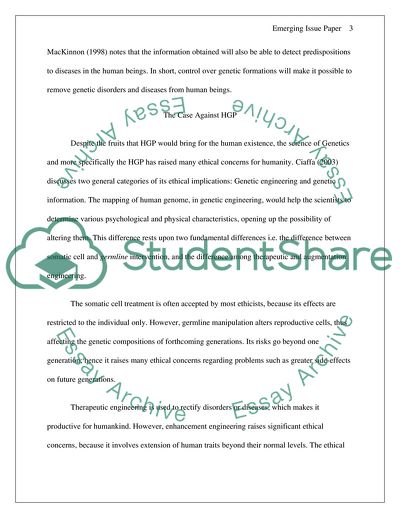Cite this document
(Emerging Issue: Human Genome Project Report Example | Topics and Well Written Essays - 1750 words, n.d.)
Emerging Issue: Human Genome Project Report Example | Topics and Well Written Essays - 1750 words. https://studentshare.org/health-sciences-medicine/1735499-emerging-issue-paper
Emerging Issue: Human Genome Project Report Example | Topics and Well Written Essays - 1750 words. https://studentshare.org/health-sciences-medicine/1735499-emerging-issue-paper
(Emerging Issue: Human Genome Project Report Example | Topics and Well Written Essays - 1750 Words)
Emerging Issue: Human Genome Project Report Example | Topics and Well Written Essays - 1750 Words. https://studentshare.org/health-sciences-medicine/1735499-emerging-issue-paper.
Emerging Issue: Human Genome Project Report Example | Topics and Well Written Essays - 1750 Words. https://studentshare.org/health-sciences-medicine/1735499-emerging-issue-paper.
“Emerging Issue: Human Genome Project Report Example | Topics and Well Written Essays - 1750 Words”. https://studentshare.org/health-sciences-medicine/1735499-emerging-issue-paper.


